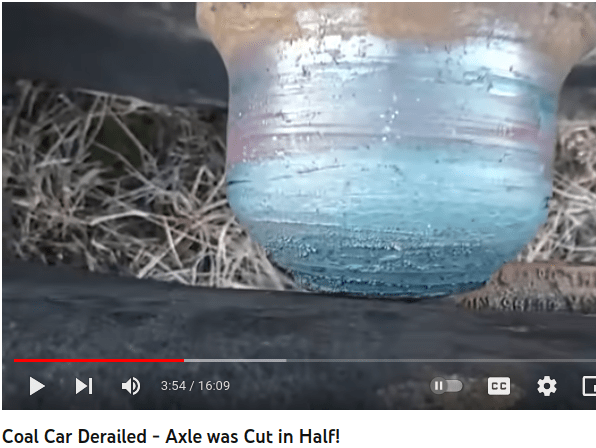spsalso
Electrical
- Jun 27, 2021
- 951
Note the mention of extremely low temperatures.
I suspect that is the cause*.
And I suspect the train crew should have been told to operate at restricted speed, because of that possibility.
And/or the trackage should have been installed taking into account these temperatures.
spsalso
*I'm talking about the effects of rail contraction at cold temperatures. A rail joint could have failed. Or rail could have been pulled up on a curve. I suppose a rail could even have snapped.
Besides restricted speed, there's also the running of an inspection car ahead of the train.

![[ponder] [ponder] [ponder]](/data/assets/smilies/ponder.gif)
